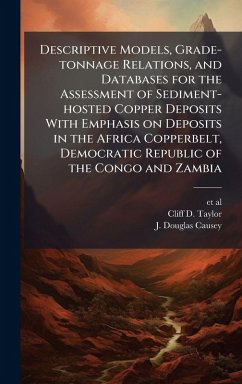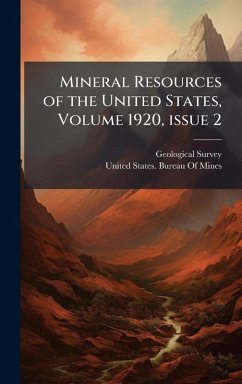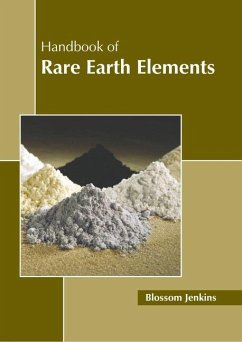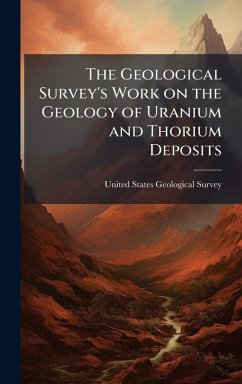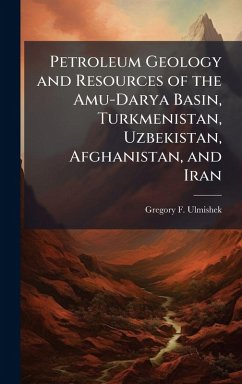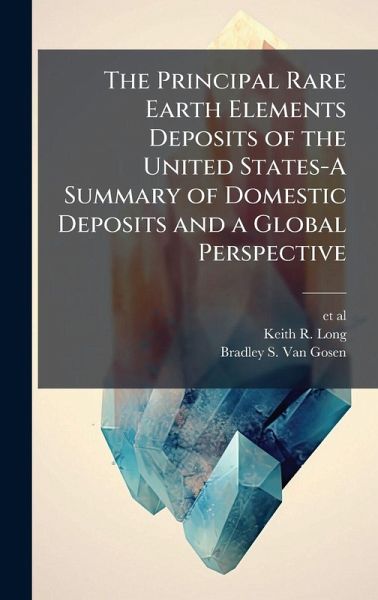
The Principal Rare Earth Elements Deposits of the United States-A Summary of Domestic Deposits and a Global Perspective
Versandkostenfrei!
Versandfertig in über 4 Wochen
29,99 €
inkl. MwSt.
Weitere Ausgaben:

PAYBACK Punkte
15 °P sammeln!
The rare earth elements (REE) are fifteen elements with atomic numbers 57 through 71, from lanthanum to lutetium ("lanthanides"), plus yttrium (39), which is chemically similar to the lanthanide elements and thus typically included with the rare earth elements. Although industrial demand for these elements is relatively small in tonnage terms, they are essential for a diverse and expanding array of high-technology applications. REE-containing magnets, metal alloys for batteries and light-weight structures, and phosphors are essential for many current and emerging alternative energy technologie...
The rare earth elements (REE) are fifteen elements with atomic numbers 57 through 71, from lanthanum to lutetium ("lanthanides"), plus yttrium (39), which is chemically similar to the lanthanide elements and thus typically included with the rare earth elements. Although industrial demand for these elements is relatively small in tonnage terms, they are essential for a diverse and expanding array of high-technology applications. REE-containing magnets, metal alloys for batteries and light-weight structures, and phosphors are essential for many current and emerging alternative energy technologies, such as electric vehicles, energy-efficient lighting, and wind power. REE are also critical for a number of key defense systems and other advanced materials. This work has been selected by scholars as being culturally important, and is part of the knowledge base of civilization as we know it. This work was reproduced from the original artifact, and remains as true to the original work as possible. Therefore, you will see the original copyright references, library stamps (as most of these works have been housed in our most important libraries around the world), and other notations in the work. This work is in the public domain in the United States of America, and possibly other nations. Within the United States, you may freely copy and distribute this work, as no entity (individual or corporate) has a copyright on the body of the work. As a reproduction of a historical artifact, this work may contain missing or blurred pages, poor pictures, errant marks, etc. Scholars believe, and we concur, that this work is important enough to be preserved, reproduced, and made generally available to the public. We appreciate your support of the preservation process, and thank you for being an important part of keeping this knowledge alive and relevant.





